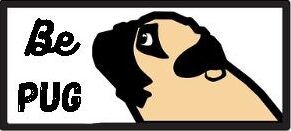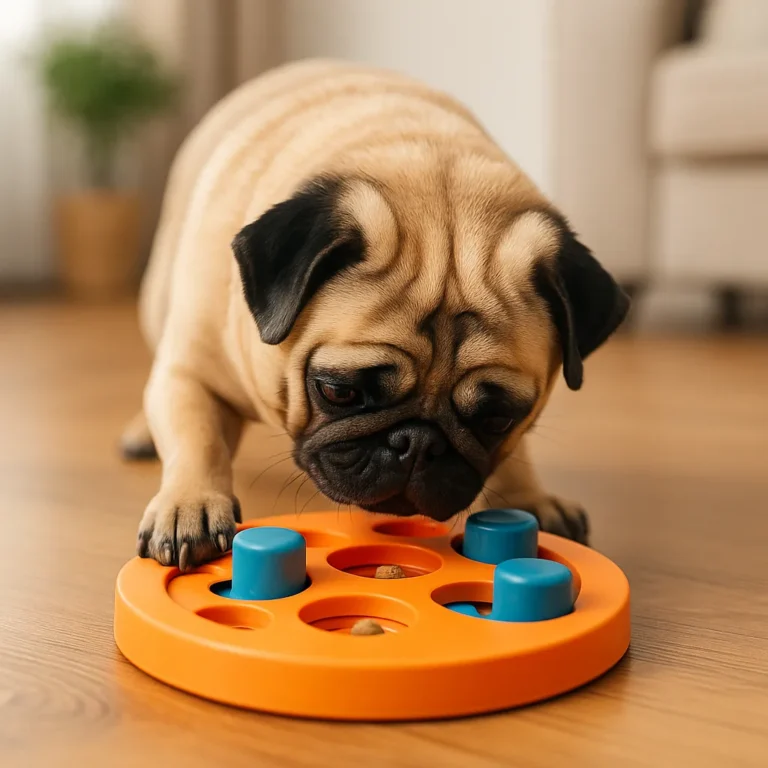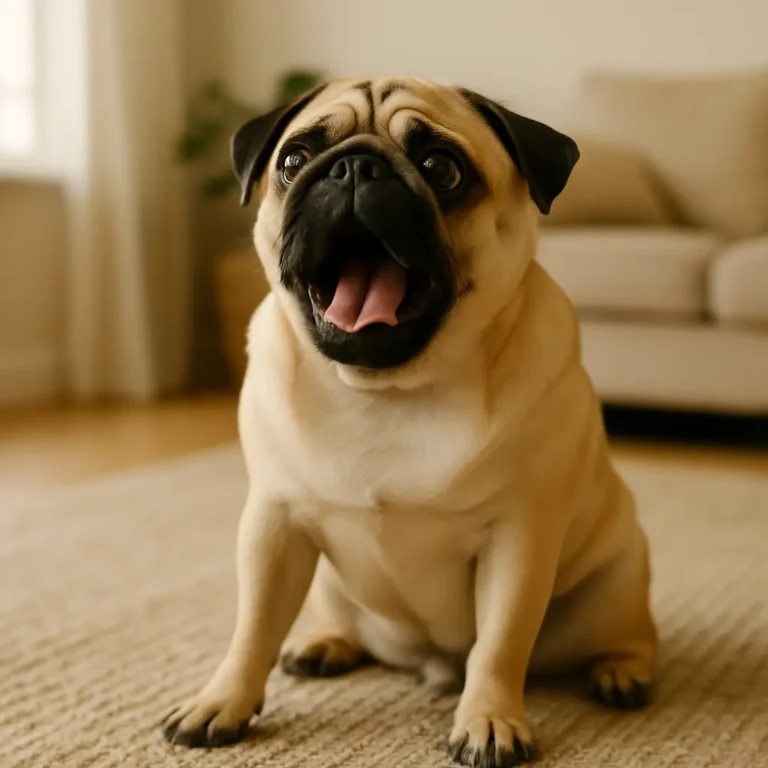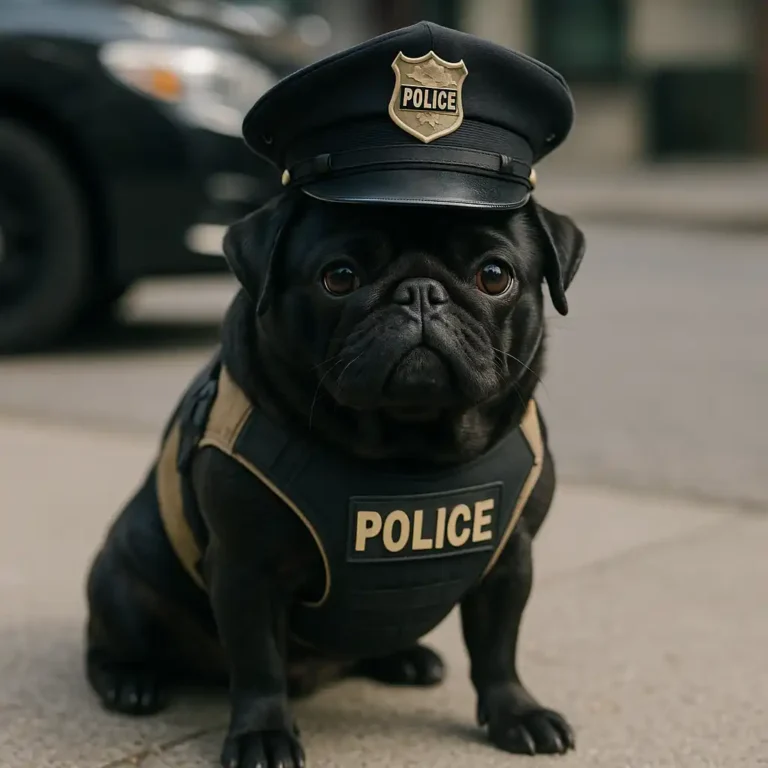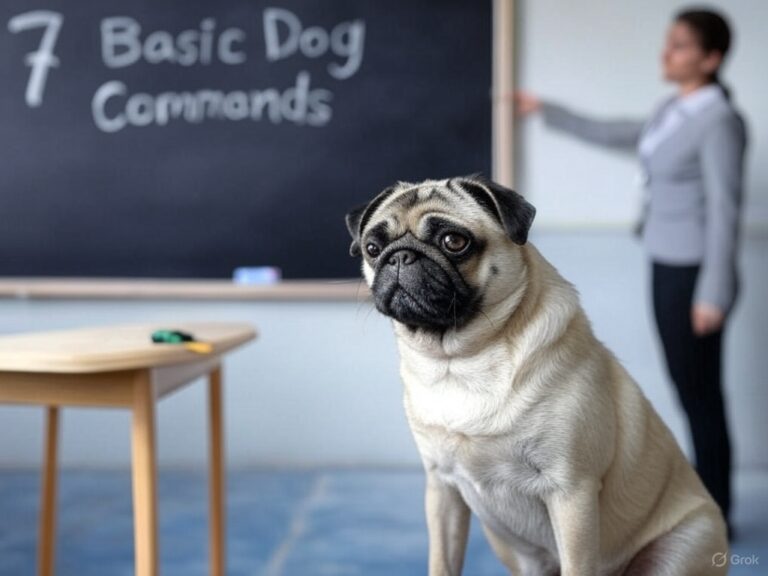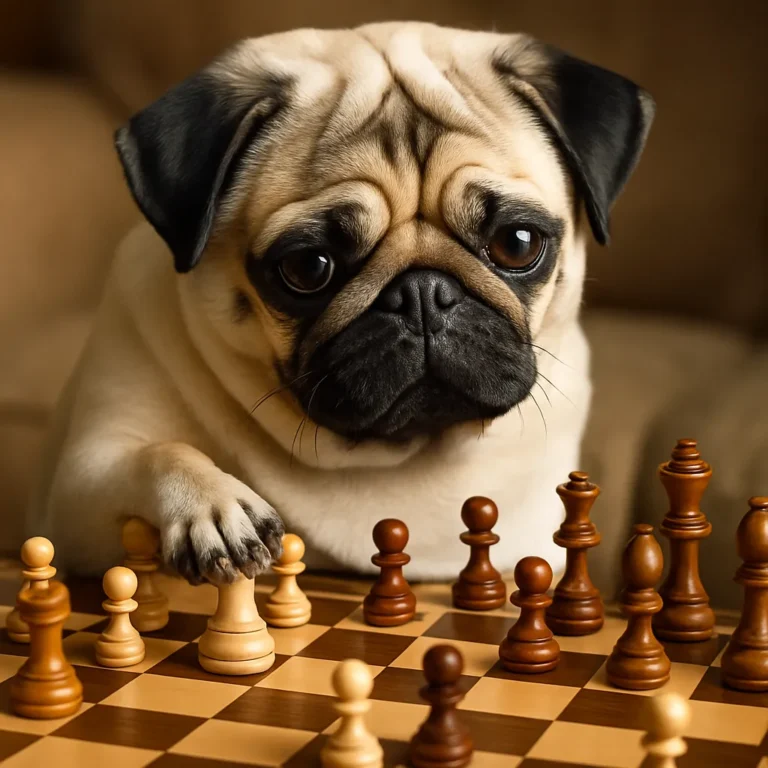Are Pugs Hard to Potty Train? The Honest Truth for New Owners

Disclosure: This post contains affiliate links. As an Amazon Associate, I earn from qualifying purchases—at no extra cost to you.
Potty training a pug can test your patience, but it’s far from impossible. These charming little dogs come with big personalities, and sometimes that includes a stubborn streak. If you’re a new pug parent wondering why your furry friend isn’t catching on as quickly as you’d hoped, you’re not alone. Let’s break down the real challenges, the myths, and what you can do to make house training smoother.
Why Pugs Can Be Challenging to House Train
Pugs are smart, but they’re also known for being a bit headstrong. They respond best to routines and rewards, and they can struggle if consistency is missing. One reason potty training feels tougher with pugs is that they’re sensitive. Raise your voice, and they might shut down. On the flip side, over-praising a tiny success can have them thinking they’ve mastered it before they really have.
Their small size adds another layer. A puppy with a tiny bladder may need to go every hour or two, especially in the early weeks. Missing even one bathroom break can lead to an accident that confuses your training efforts.
Set a Schedule and Stick to It
Success starts with a solid routine. Take your pug outside first thing in the morning, after meals, after naps, and right before bed. Try to use the same door and spot in your yard every time. This consistency builds familiarity and speeds up learning.
Use short, clear commands like “Go potty” or “Do your business.” When they go in the right spot, immediately reward them with a treat or excited praise. The key is making the connection between behavior and reward within seconds.
Use Positive Reinforcement—Always
Pugs thrive on love and snacks. They’ll work hard for both, but harsh correction can hurt more than help. If your pug has an accident indoors, don’t scold. Instead, please clean it up quickly and thoroughly using an enzymatic cleaner to remove the scent. Quietly lead them outside and try again later.
Celebrate their wins with high-pitched praise or their favorite treats. Pugs want to please you, and they’ll repeat behaviors that bring joy and snacks.
Crate Training Helps Build Good Habits
Crates are not punishment—they’re a potty training tool. Dogs instinctively avoid soiling their sleeping space. When used correctly, a crate helps teach your pug to “hold it” until they’re let outside.
Make sure the crate is the right size—just big enough for your pug to stand up, turn around, and lie down. Take your pug out right away after waking, eating, or playing. This method builds a stronger bladder and a reliable routine.
Be Patient—Every Pug Learns at Their Own Pace
Some pugs catch on in a week. Others need a month or more. Age, temperament, and past experiences all affect progress. If your pug was used to going indoors before you brought them home, expect a longer learning curve.
Stay patient. Stay consistent. And celebrate the small wins. Potty training isn’t about perfection—it’s about progress.
Conclusion
Are pugs hard to potty train? They can be, but they’re not impossible. With love, structure, and positive reinforcement, your pug will get there. The key is to stay consistent and remember that every dog learns differently. In time, your pug will surprise you with just how well they can adapt.
